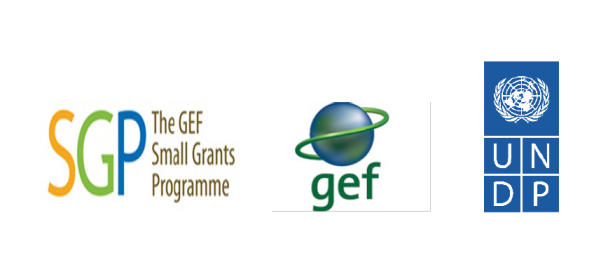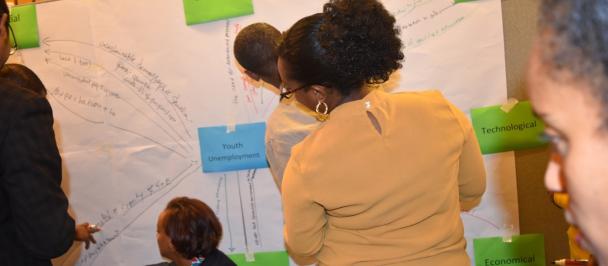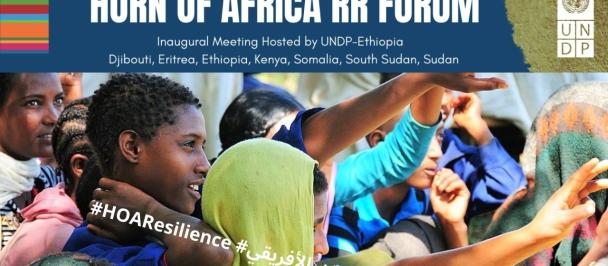Ethiopia today launched its Climate Resilient Green Economy (CRGE), ahead of the 17th Conference of Parties to the UN Framework Convention on Climate Change (COP17), which will take place in Durban, South Africa from 28 November - 9 December 2011.
The green economy strategy is anchored in Ethiopia’s ambition to become a low carbon middle income economy by 2025. The third most populous African nation, Ethiopia has in recent years recorded the second fastest non-oil based growing economy in the world.
To sustain the growth, the country recently set into motion its national development strategy, the Growth and Transformation Plan (GTP), which sets forth highly ambitious targets for the country in the coming five years. The 2011-2015 GTP is the first of a three five-year-strategies designed to lead the country towards reaching middle-income status by 2025. The green economy strategy will impact at least two-thirds of Ethiopia’s economy. It is expected to help the country curb the rise in green house emissions as the country accelerates its growth rate over the coming years by providing a focus on renewable and efficient sources of energy and clean productions process in both agriculture and industry, while also enhancing and managing its forests sustainably.
Ethiopia has identified over 60 Green Economy initiatives that are expected to help ensure that the country’s greenhouse gas emission levels in 2030 do not exceed the current 150 megatonnes of CO2 equivalent. This means the country would avoid about 250 megatonne CO2 equivalent that would have been emitted had Ethiopia continued its growth on a conventional development path.
The estimated expenditure necessary to implement the Green Economy measures is around USD 150 billion over the next 20 years, a substantial proportion of which may be covered by mainstreaming the Green Economy initiatives into existing development programmes, together with international climate finance for which Ethiopia is also establishing a national Facility that meets international fiduciary standards.
The planning for the Ethiopia’s Climate Resilient Green Economy strategy was led by the Prime Minister’s office together with the country’s Environmental Protection Authority (EPA) and the Ministry of Finance and Economic Development (MoFED) and developed by government officials drawn from various relevant ministries organized into sectoral teams. By the side of the government,development partners, such as UNDP, the Global Green Growth Institute, and DFID had supported the provision of technical as well as financial support to the process. UNDP’s support to Ethiopia’s green economy strategy has been underpinned by its sustainable human development approach to the attainment of the MDGs, five of which the country is on target to achieve, and advocacy for an inclusive and sustainable growth.
In parallel with the Green Economy as a strategy for reducing the rate of climate change, the Ethiopian government has started to develop its Climate Resilience strategy, which will reduce the country's vulnerability to extreme climate events such as droughts, floods and vector-born diseases, which are expected to intensify as the world's climate changes, owing to already accumulated as well as anticipated global greenhouse gas emissions.

 Locations
Locations

